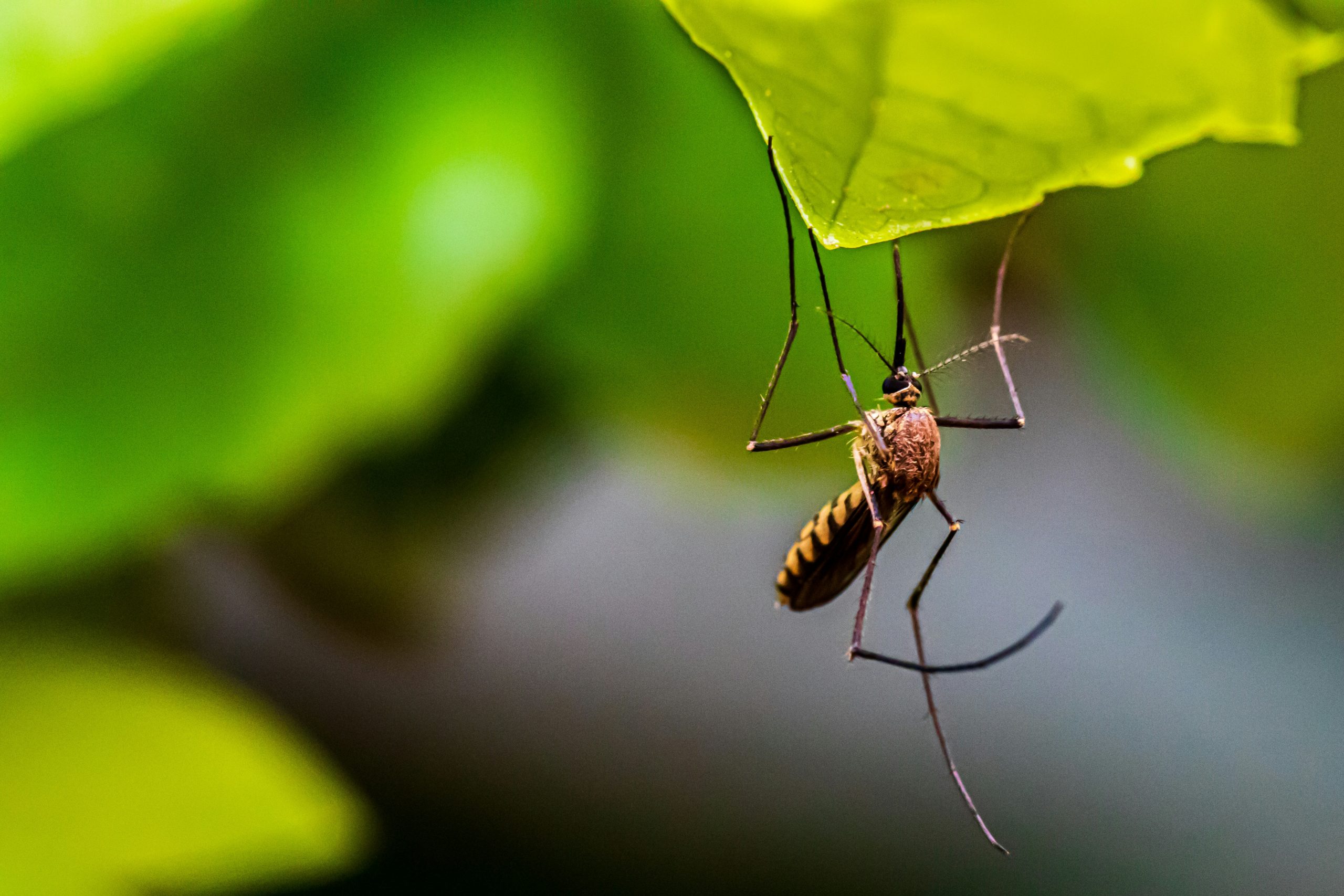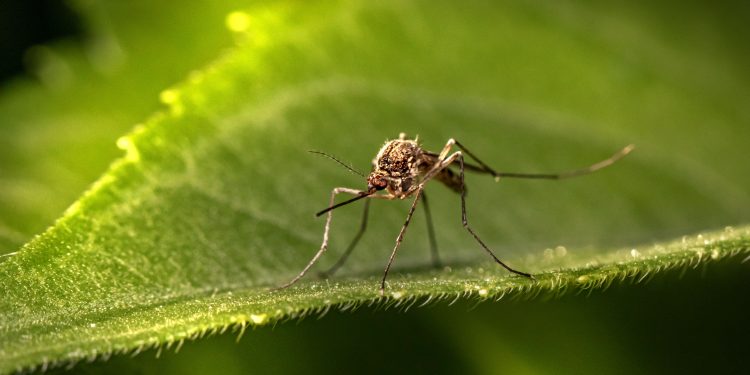China is facing a growing chikungunya virus outbreak, with over 7,000 cases reported across Guangdong province since July—including nearly 3,000 new infections in the past week alone. The southern province has implemented pandemic-style measures, including forced hospitalizations in hardest-hit Foshan city, where patients must remain under mosquito netting until testing negative or completing 7-day isolation. The outbreak has now reached Hong Kong, with a 12-year-old boy confirmed as the first case after traveling to Foshan.
Authorities are deploying aggressive tactics to curb the mosquito-borne virus by releasing 5,000 larvae-eating fish into Foshan’s lakes to target breeding sites, dispatching drones to detect stagnant water in urban areas, introducing predatory “elephant mosquitoes” to consume virus-carrying species and threatening 10,000 yuan ($1,400) fines for residents who fail to eliminate standing water
While 95% of cases have been mild with week-long recoveries, the outbreak has sparked public anxiety on Weibo, with users comparing the response to COVID-19 lockdowns and questioning 14-day quarantines initially imposed on Foshan travelers.

Chikungunya Symptoms and Global Spread
The virus, first identified in Tanzania in 1952, causes high fever and severe joint pain (potentially lasting years), rashes, headaches, and muscle swelling, chronic complications for newborns, elderly, and those with diabetes or heart disease.
Though non-contagious between humans, chikungunya has spread to over 110 countries via Aedes mosquitoes—the same vectors for dengue and Zika. The WHO emphasizes eliminating stagnant water as the best prevention, as no cure or vaccine exists.
Travel Warnings and Economic Consequences
The U.S. State Department has advised “increased caution” for travelers to China, while Guangdong’s tourism and trade sectors brace for potential disruptions.

















